Trump's mass deportation threats in his first term fizzled. Here's how they may play out this time
Published in Political News
Jeremy Barousse is trying to keep everyone calm.
The head of an East San Jose immigrant rights nonprofit remembers the last time Donald Trump threatened mass deportations: distraught parents choosing relatives or friends to care for their children if they were swept up in ICE raids; school principals reporting classrooms half empty as terrified students refused to leave their parents’ sides; and dozens of undocumented immigrants lining up outside his office before 8 a.m. every morning hoping for legal advice protecting them from deportation.
That was the winter of 2018, and aside from sporadic arrests of those with criminal records, their worst fears never materialized. This time, though, with Trump taking office again in January and confirming this past week that he intends to declare a national emergency and use the military to round up millions of undocumented immigrants, deportation fears are reaching new levels.
“We’re hoping that that doesn’t become a reality,” said Barousse, director of policy for Amigos de Guadalupe that provides immigration, education and other services in the largely Latino Mayfair neighborhood and is nonetheless helping train residents what to do in case of ICE raids. “We’re preparing for the worst-case scenario. But then also, we don’t want to contribute to the panic.”
Congressman-elect Sam Liccardo, San Jose’s mayor during Trump’s first term, said just the fear of deportations alone is hurting the immigrant community.
“The disruption to the daily lives of millions of families is real, whether he carries out his threat or not,” Liccardo said in an interview from Washington, D.C., where he was moving into his new offices last week. And while the Bay Area is lucky to have a network of nonprofits supporting the immigrant community, he said, “the second coming of Trump has many inevitable challenges, and we won’t be able to mitigate them all.”
An operation to remove the estimated 11 million to 13 million undocumented immigrants living within the United States — which Trump says he will start on “day one” — seems a Herculean task for the Immigration and Customs Enforcement agency that has deported from the nation’s interior no more than 237,000 in a single year.
That was the high in 2009 under President Obama, after gaining momentum from 9/11. During Trump’s first term, ICE deportations — not including border operations — peaked in 2018 at 96,000, according to ICE data.
To achieve Trump’s deportation goals would require more than $300 billion over four years, estimates the American Immigration Council, including new agents and judges and other staffing, and 1,000 new immigration courtrooms, and scores of new detention centers. ACLU lawyers are already concerned that the recently shuttered federal Dublin Women’s Prison in the East Bay could be converted into one of those detention facilities — an easy drop-off spot for Bay Area roundups.
But how much is Trumpian hyperbole and how much is reality? Last year, Trump’s former immigration adviser Stephen Miller, now his incoming deputy policy chief, told the New York Times that “Trump will unleash the vast arsenal of federal powers to implement the most spectacular migration crackdown.” But earlier this week, Trump’s new “border czar” Thomas Homan told Fox News that “It’s not going to be a massive sweep of neighborhoods,” adding that “public safety threats and national security threats will be the priority.”
Aaron Reichlin-Melnick, senior fellow at the American Immigration Council, says that those with criminal histories make up only a fraction of the total, and “if the Trump administration truly wants to deport millions of people, it is going to have to go after people who don’t have criminal records.”
And that means ICE agents will likely focus on community arrests — especially in the Bay Area’s sanctuary cities that aren’t handing people over to ICE, he said.
So which immigrant groups might be most vulnerable to the new administration?
People who already have final deportation orders
ICE agents will likely start with the “low-hanging fruit,” Reichlin-Melnick said — immigrants already in the system with a paper trail. An estimated 1.3 million people living here who may have missed a court hearing or lost their court cases and re-entered the country, or those given “administrative grace” to stay — perhaps to care for an ill child who is a citizen — and already check in regularly with ICE.
Those with criminal records
Exactly how many undocumented immigrants with criminal histories are living in the country is less certain, although ICE is keeping track of more than 650,000 of them — some of whom may be in prison, have pending criminal charges or are awaiting immigration proceedings. During the February 2018 raids in Northern California that then-Oakland Mayor Libby Schaaf forewarned, ICE announced the arrest of 232 people over four days, including some for violent and sexual offenses.
Criminals, however, already are the priority of ICE agents. Prisoners and inmates handed over for deportation have long made up 4 of 5 ICE arrests, according to the American Immigration Council. Although California’s state prisons are allowed to release undocumented prisoners to federal ICE agents when they complete their sentences, local police and sheriffs across the state, whose inmates often have committed lesser offenses, for the most part, are not. As Santa Clara County Sheriff Bob Jonsen puts it: “We haven’t done it. We won’t do it and we’ll continue to stay strong on that front.”
Undocumented workers
The targets of raids will likely be workplaces such as construction sites, restaurants and farms with the largest number of undocumented immigrants in one place that ICE “can arrest in a splashy operation to send a message,” Reichlin-Melnick says. While about 60% of farmworkers have work permits, the remaining 40% are undocumented, making them vulnerable to deportation. Unless they are picked up for criminal offenses, however, they are rarely targeted, often “because of pressure from the business community,” he said. Farmers have been big supporters of Trump.
Dreamers
President Obama granted them special status in 2012 as part of the Deferred Action for Childhood Arrivals (DACA) program. Most are in their 20s and 30s now, with work permits they renew every two years. More than half a million live in the United States, including about 183,000 in California. Trump tried to shut the program down during his first term, but the U.S. Supreme Court blocked him in January 2020. A new conservative majority could rule in his favor this time.
“I’m definitely more worried now,” said Fernando Hernandez, 35, a hardware technician at Google who has been here since he was 5. “It feels like Trump’s got more of a chip on his shoulder this time around.”
Others with temporary protected status (TPS)
Including DACA holders, some 1.5 to 2 million people hold some form of temporary status that allows foreigners confronting armed conflicts, natural disasters or other extreme temporary conditions at home to live in the U.S. temporarily. California is home to nearly 70,000 TPS holders, including those from El Salvador and Nicaragua.
Asylum seekers
Bay Area nonprofits are hearing from asylum seekers, who recently crossed the border illegally and are fighting their cases in immigration court. “ICE is not going to be arresting those people,” Reichlin-Melnick says. “They have already been arrested. They are already checking in with ICE.” And the Trump administration cannot ramp up deportations of people already in the system, he said, without increasing the number of immigration judges.
_____
(Bay Area News Group reporter Grace Hase contributed to this story.)
_____
©2024 MediaNews Group, Inc. Visit at mercurynews.com. Distributed by Tribune Content Agency, LLC.
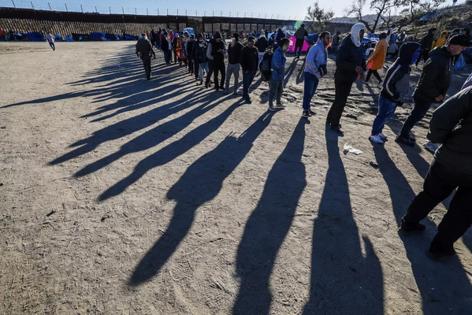






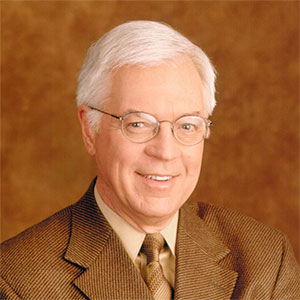



















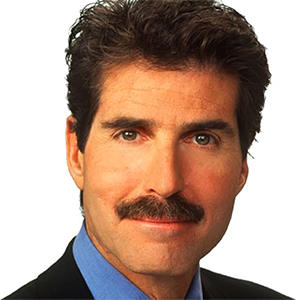




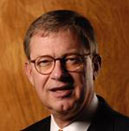
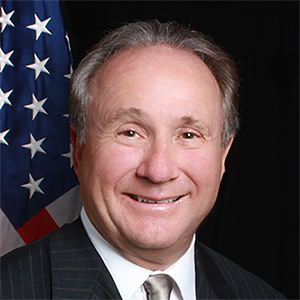

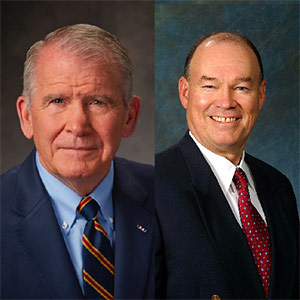




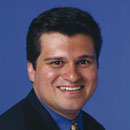



















Comments